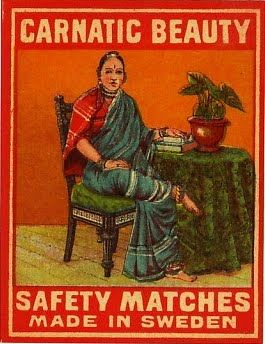What if Indian academia is not producing knowledge but staging its simulation?
Vivek Dhareshwar calls it intellectual parasitism. A condition where concepts are consumed without being metabolized.
A thread on his radical vision for a new humanities. 🧵
Vivek Dhareshwar calls it intellectual parasitism. A condition where concepts are consumed without being metabolized.
A thread on his radical vision for a new humanities. 🧵

Intellectual parasitism is not mimicry. It is dispossession.
It is when Foucault, Derrida, Butler are recited like mantras, their concepts floating free of the historical and social wounds that made them necessary.
Theory becomes a fetish. Thinking stops.
It is when Foucault, Derrida, Butler are recited like mantras, their concepts floating free of the historical and social wounds that made them necessary.
Theory becomes a fetish. Thinking stops.
In this regime, the classroom is not a site of encounter. It is a theatre of citation.
Learning becomes procedural. Texts are mastered but not suffered. Concepts are deployed but never ruptured. Knowledge circulates without consequence.
Learning becomes procedural. Texts are mastered but not suffered. Concepts are deployed but never ruptured. Knowledge circulates without consequence.
Dhareshwar asks: What does it mean to think?
To think is not to comment, interpret, critique. It is to inhabit a problem-space so intensely that it reorganizes your perception.
It is to be seized by a question that demands a new grammar.
To think is not to comment, interpret, critique. It is to inhabit a problem-space so intensely that it reorganizes your perception.
It is to be seized by a question that demands a new grammar.
The Indian humanities/social sciences, he argues, are not structured by thought but by disciplinary consensus.
The human subject they presuppose is secular, rational, universal. But in practice, it is urban, English-fluent, estranged from vernacular intelligibility.
The human subject they presuppose is secular, rational, universal. But in practice, it is urban, English-fluent, estranged from vernacular intelligibility.
Certain experiences- of community, faith, pain, interiority- are excluded not by accident but by design.
They do not conform to the protocols of legibility. They are rendered unintelligible within the sanitized frameworks of liberal academia.
This is epistemic violence.
They do not conform to the protocols of legibility. They are rendered unintelligible within the sanitized frameworks of liberal academia.
This is epistemic violence.
Dhareshwar is not asking for inclusion. He is demanding a different epistemology.
A new humanities would not add voices to the archive. It would disrupt the archive.
It would invent concepts adequate to life as it is lived, not as it is theorized from elsewhere.
A new humanities would not add voices to the archive. It would disrupt the archive.
It would invent concepts adequate to life as it is lived, not as it is theorized from elsewhere.
Intellectual responsibility, for him, is the capacity to respond to the world by letting it restructure thought itself.
To think is to risk being undone. To let concepts emerge from the intractability of lived contradiction.
To think is to risk being undone. To let concepts emerge from the intractability of lived contradiction.
He offers no method, no toolkit. Because true thought cannot be routinized.
It begins where citation fails. Where language cracks. Where existing concepts no longer suffice.
This is not interdisciplinarity. It is incommensurability as pedagogy.
It begins where citation fails. Where language cracks. Where existing concepts no longer suffice.
This is not interdisciplinarity. It is incommensurability as pedagogy.
Sites of Learning and Intellectual Parasitism is not against the West, but against intellectual comfort.
Not a call for more critique, but for conceptual invention born of real stakes.
If the humanities are to live, they must learn to think again. (end)
Not a call for more critique, but for conceptual invention born of real stakes.
If the humanities are to live, they must learn to think again. (end)
• • •
Missing some Tweet in this thread? You can try to
force a refresh








